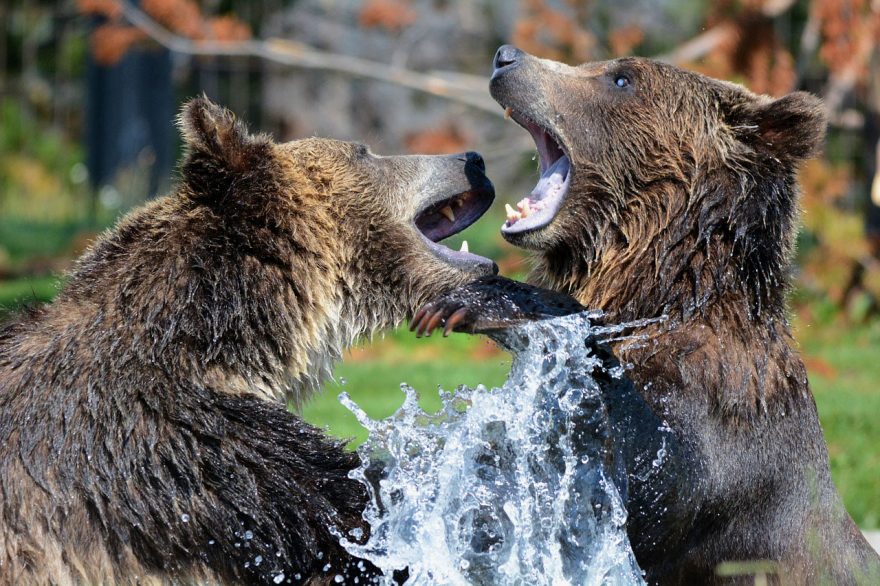
With news every so often of a bear attack on humans, it makes you really stop and consider the risk. The truth is, bears will do their best to avoid human interaction, so you’d be unfortunate for something to happen to you while hiking. But, that doesn’t mean it can’t happen.
The more aware you are of your surroundings, how bears respond to you and your noises, and what to do if you see one, the better chance you have of minimizing an attack. As much as it is about protecting you, it is also about respecting bears in their natural habitat and making sure they don’t become too accustomed to human behavior.
Let’s take Yellowstone National Park, for example. The NPS has reported that between 1980 and 2015, over 104 million people have visited the park. In that time, only 38 people have been injured by bears, which means that the chances of this happening to you is one in 2.7 million.
Puts it into perspective, doesn’t it?
Types of Attacks
When heading into bear country, it’s wise that you understand the thinking process behind a bear attack and why they’re triggered. You are far less likely to encounter a problem if you take a little understanding of how bears behave.
Bears will almost always attack humans in a defensive manner, rather than predatory. They see humans as a danger to their food, cubs, and themselves. It is important to recognize that the bear is simply trying to protect what is theirs.
In a defensive attack, a bear will first go on its rear legs to learn a bit more about what you’re up to, how you smell, and where you’re going. If it charges you and it begins a defensive attack, you should play dead.
Predatory attacks are extremely rare. When attacking this way, the bear will give less warning signs. There will be no slapping of the ground, charging back and forth (bluff attacks), or woofing. The ears, contrary to a defensive attack, will be forward and appear alert.
If you are attacked by a bear in a predatory way, you must be equally as aggressive and fight back as best you can. If possible, use something as a weapon and try to scare the bear away.
How to Reduce the Risk
One of the best ways to deal with any dangerous situation is to prevent it from happening in the first place. When you’re hiking in bear country, you need to be as alert and aware as you can, aiming to see the bear before you startle it.
Keep an eye out for fresh tracks and any other signs that a bear is close by. Bears are most active at dawn, dusk, and throughout the night. It is always best to avoid hiking around those times in order to minimize your risk.
It is your job to alert the bear of your presence well in advance of you actually stumbling across it. From time to time, yell things like “hey, bear” and make noise so that it doesn’t get a fright. If you’re heading through dense vegetation, this is when you should start making noise more frequently.
Hiking in a group of three or more is always advised. Since 1970, 91% of people injured by bears have either been hiking alone or with only one friend. Furthermore, as most attacks happen off the beaten path, you should try to stick to designated walking paths as much as you can.

 Your Privacy Choices
Your Privacy Choices
 The
The